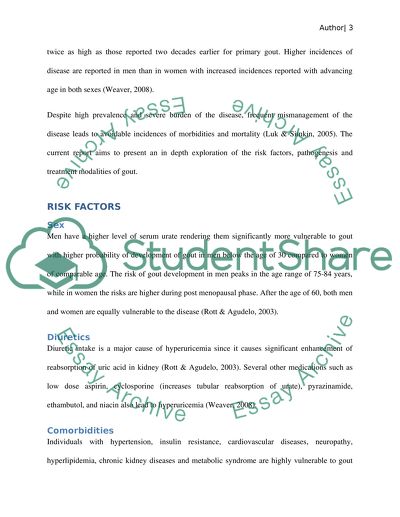Cite this document
(“Gout as a Metabolic Disorder Research Paper Example | Topics and Well Written Essays - 2750 words”, n.d.)
Retrieved de https://studentshare.org/biology/1392184-gout
Retrieved de https://studentshare.org/biology/1392184-gout
(Gout As a Metabolic Disorder Research Paper Example | Topics and Well Written Essays - 2750 Words)
https://studentshare.org/biology/1392184-gout.
https://studentshare.org/biology/1392184-gout.
“Gout As a Metabolic Disorder Research Paper Example | Topics and Well Written Essays - 2750 Words”, n.d. https://studentshare.org/biology/1392184-gout.


